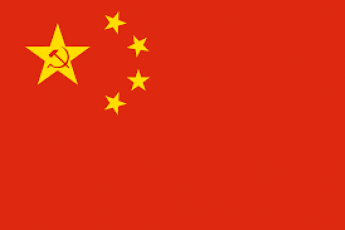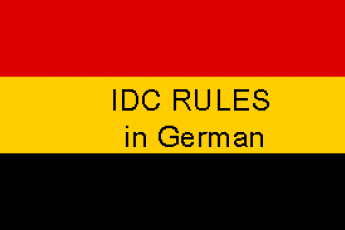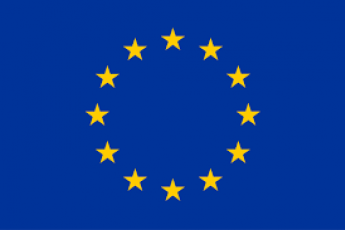
Keep an eye on the Chairman's blog. Every now and then, the Chairman will publish a blog message in which he talks about what the IDC is doing to assure that IDC Rules are kept in the forefront of the industry's mind.
Members of the 29 bourses affiliated to the World Federation of Diamond Bourses (WFDB) and of the 16 associations that are members of the International Diamond Manufacturers Association all are, without exception, required to adhere to the IDC Rules.
View all posts

Antwerp, Belgium – April 4, 2011: The International Diamond Council (IDC) announced today that it has completed the German translation of the "IDC Rules for Grading Diamonds" and has uploaded a PDF file of the...

In November 2008, the CIBJO Europe Working Group convened a meeting in Antwerp to reach agreement on nomenclature for synthetic diamonds. CIBJO Europe is a body that was created by the World Jewellery Confederation...

Website supported by LendUp - online payday loans company. Visit LendUp if you need a bad credit installment loan online.
© IDC. All Rights Reserved to IDC-International Diamond Council. Powered by YCS.